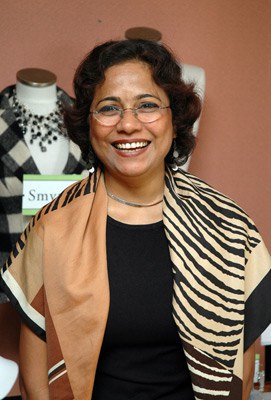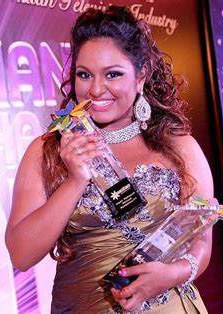一只黄鸟 A Yellow Bird(2016)
简介:
- 新加坡影片,影片入围第69届戛纳电影节(2016)影评人周单元,本片是新加坡K·华泽高柏的长片处女作,女主由华人黄璐主演。片名即是对于身份的隐喻。新加坡向来是多元种族和谐共处的现代国家典范,然而土生土长的印裔新加坡导演K.Rajagopal却在他的长片处女作中出人意料地将镜头对准了新加坡底层社会,在小印度的地下及不知名的河畔丛林里思考身份、种族与人的命运。
演员:
影评:
I watched 'A Yellow Bird' after a heavy lunch meal in Wu Yee-sun. Drowsiness immediately came because lightings were dim and sounds silent. Not until the half-time of screening did I mentally wake up. It was a love-making scene in a tent near desolate river bank, where cheap prostitution in Singapore often located at. The camera moved from woman’s pale body to man’s tanned side-face. Thanks to the sharp contrast of skin colors (the heroine is Chinese, the hero Indian), a chiaroscuro effect naturally appeared, albeit the deliberate absence of lighting. The sound of sex, moreover, foregrounded man-woman intimacy, desire and affect. In highlighting orgasmic sounds, other ambient music was strictly detached.
It provides a point of departure for examining the lighting and sound effect in this movie-which-to a large extent-shows an acute awareness of the real, the natural. “As natural as possible”, the director proclaimed in the Q & A session. In practicing this idea, natural light (天光, I would say) and darkness predominated the whole movie. I observed spectators’ reaction vis-à-vis the dim lighting. Intriguingly, many of which held breath and made noises in changing sitting position, simply for the loss of visuality. Their eyes somehow are discouraged from wandering and are drawn to the barely visible part within the frame. Once the only visible part disappeared, say, in the last sequence, when the hero entered a pitch-dark room, we can’t see but “sense” his action and temper, with the help of ambient sound-his heavy and rapid breath, specifically.






